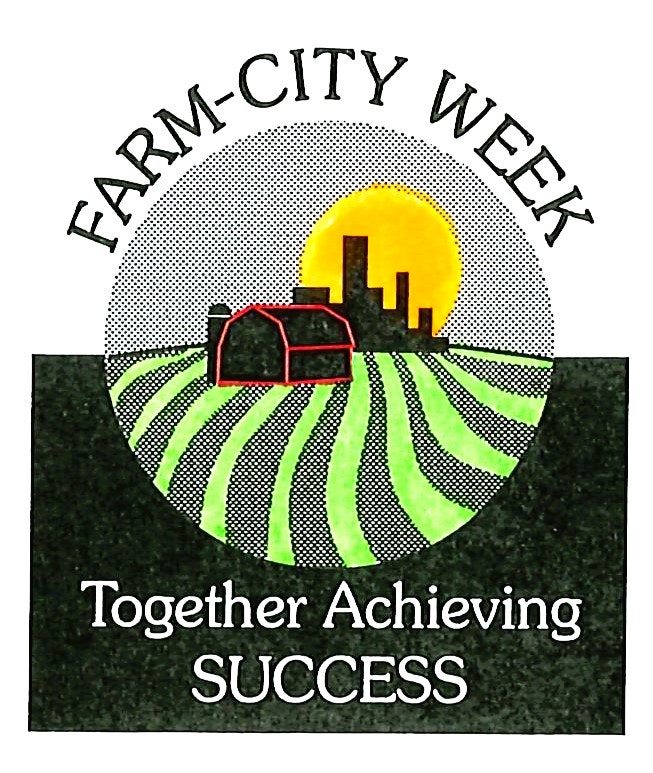National Farm-City Week Nov 26-Dec 3

This year, National Farm-City Week will be observed from November 26 to 3. This annual event is marked during the week leading to Thanksgiving. It celebrates and recognizes the lucrative partnership between rural and urban communities that make American food safe and generous. People all over the country will celebrate farmers and ranches through educational forums, social media campaigns, and local events. Their contribution complements the economy with jobs and provides rich harvests to feed the population. Farmers also benefit from urban centers. Restaurants, groceries, and producers ensure the expanded use of agricultural products. Whether they provide consumers with food, medicine, or textiles, they also have an economic impact on their cities and rural communities.
History of National Farm-City Week
The history of the U.S. agriculture sector covers the period from the first English settlers to the present day. In colonial America, agriculture was the main source of livelihood for 90% of the population, and most cities were points of delivery for agricultural products. Most farms were focused on subsistence production for family use. Rapid population growth and the expansion of borders opened up a lot of new farms, and land clearing was a primary concern for farmers.
American farms promote the health of their nation, protect their environmental resources, and are at the forefront of their country’s path to energy independence. It is important for American society to continue to support the relationship between American farms and families and to ensure that farming remains an economically, socially, and environmentally sustainable way of life for future generations. National Farm-City Week recognizes the innumerable contributions made by farmers in the U.S. to the health and well-being of their country.
The partnership between the rural industry and urban markets is lasting and beneficial. Americans from all over the country are finding ways to engage in agriculture and related industries and highlighting the importance of these industries. The growing interest in local and regional food highlights the contribution of farmers to urban, suburban, and rural areas. American children learn about the origins of food and healthy eating options by visiting farms, learning from hardworking farmers and ranchers, and trying their hand at farming through a network of school gardens and farm-to-school programs. Thanks to their continuous initiative and innovation, rural communities create new domestic and international markets for high-quality food, fuel, and fiber.
National Farm-City Week FAQs
- What is popular in agriculture in the U.S.? According to the Economic Research Service, corn is one of the best crops in the U.S.
- What are the three best agricultural products in the US? The three largest agricultural products in the U.S. include cattle and calves, corn, and soybeans.
- Who is America’s richest farmer? The richest farmer in the U.S. is Harry Stein, who has a fortune of $ 3.5 billion.
How to Observe National Farm-City Week
- Be grateful to the farmersFarmers are always looking for ways to improve farming practices by providing safe and healthy products. Thank them this week for their work, and offer your help.
- Learn more about agricultureTo observe National Farm-City Week wisely, you need to expand your knowledge of farmers, agriculture, and the mutual benefits they get from working with traders in the city. No matter where you live, on the farm, or in the city, the farmer touches your life.
- Share the holidayMake a story about celebrating National Farm-City Week on social media. This way, you can express gratitude to farmers, ranchers, and traders who support them.
5 Intriguing Facts About Farms In The U.S.
- There are 2.1 million farmsThe average size of such a farm is 435 acres.
- It has the world’s largest arable landThe U.S. is then followed by India, China, Russia, and Brazil.
- Texas has the most farmsTexas has more farms than even Missouri and Iowa together.
- One American farm feeds 166 peopleOne American farm can feed 166 people annually in the U.S. and abroad.
- Two million farms are in rural areasAbout 98% of them are run by individuals, family partnerships, or family corporations.
